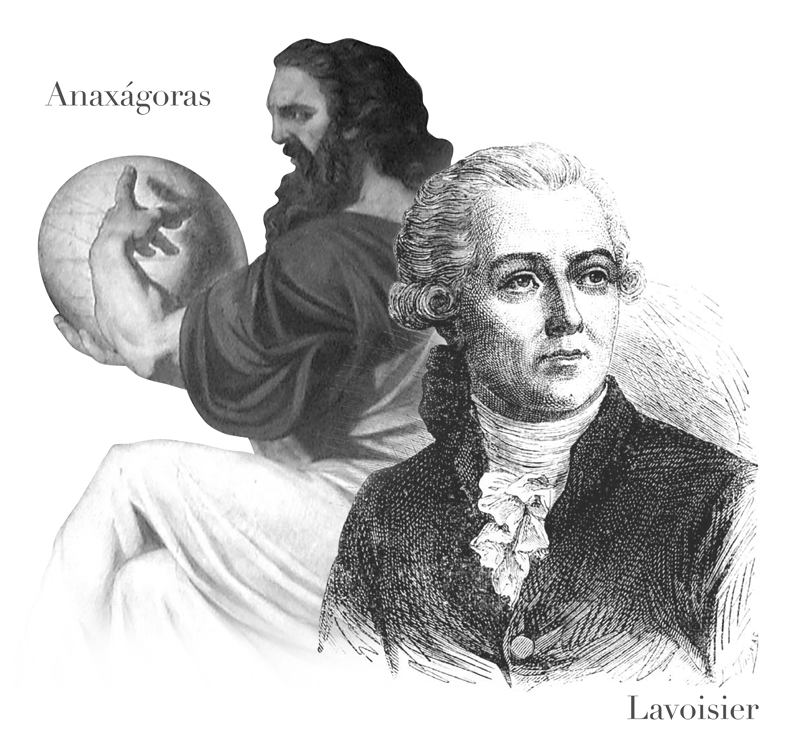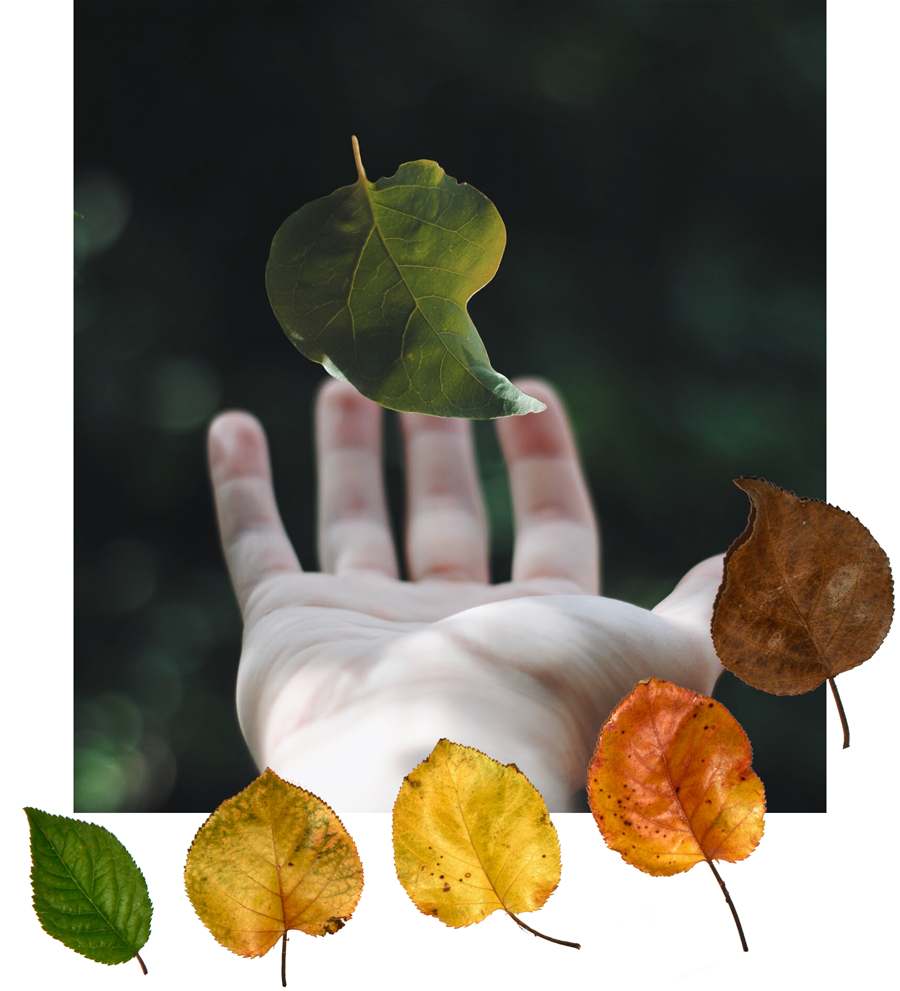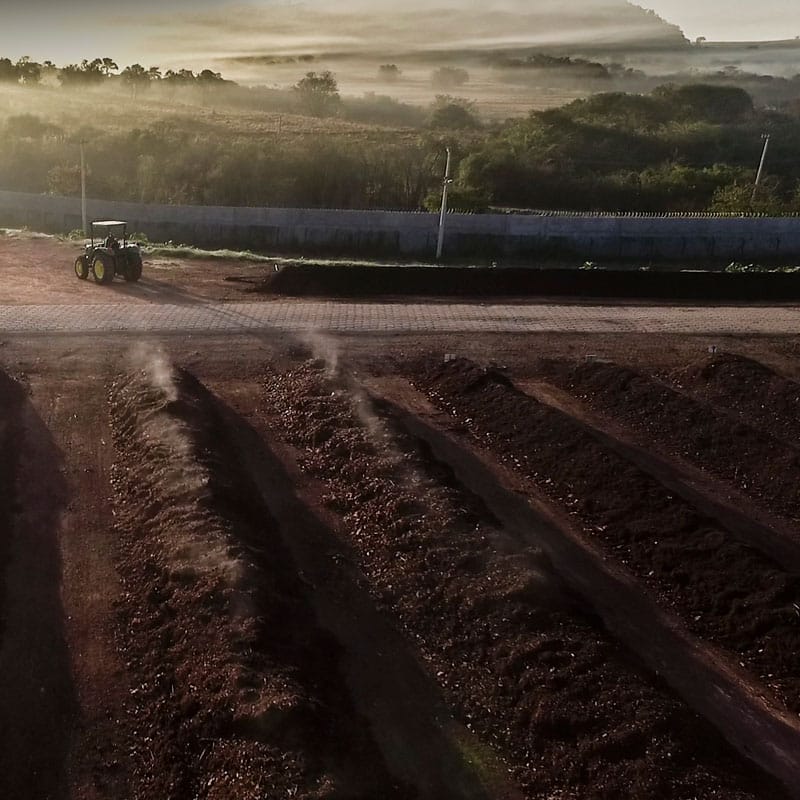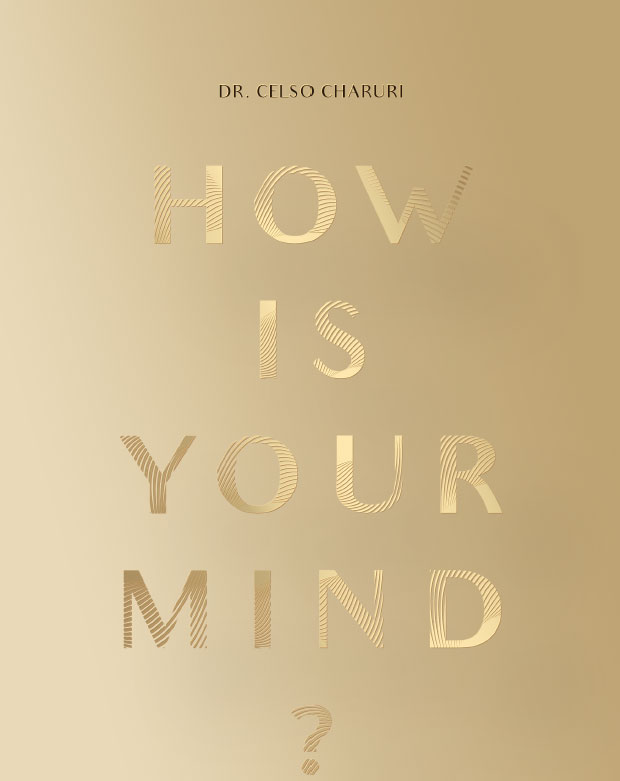Integration: Sustainability beyond selective disposal
Integration: Sustainability beyond selective disposal

Two hundred years before the modern idea of sustainability was coined, the Frenchman Antoine-Laurent de Lavoisier, currently considered one of the most innovative chemists in history, recorded that “In Nature, nothing is created, nothing is lost, everything is transformed”.
The procedural idea of continuity and cyclical chemical (and alchemical) transformation became popular after him, but there are previous records, such as that of the pre-Socratic Greek philosopher Anaxagoras of Clazomenas, for whom “Nothing is born or lost, but existing things combine, then they separate again.”

Two hundred years before the modern idea of sustainability was coined, the Frenchman Antoine-Laurent de Lavoisier, currently considered one of the most innovative chemists in history, recorded that “In Nature, nothing is created, nothing is lost, everything is transformed”.
The procedural idea of continuity and cyclical chemical (and alchemical) transformation became popular after him, but there are previous records, such as that of the pre-Socratic Greek philosopher Anaxagoras of Clazomenas, for whom “Nothing is born or lost, but existing things combine, then they separate again.”

In common sense, in recent decades, discussions on the topic have increased, for countless reasons and in different areas of society. With different nuances, concepts were coined: first ecology and the environment, then sustainability and, more recently, ESG, an acronym for “Environmental, Social and Governance”.
A sustainable act, however, can go beyond the simple selective disposal of waste and ecology. Take as an example the dumping of an organic element, which can be used to generate quality vegetables, through the composting process. Someone who sees from afar could recognize in this action resource saving manifested – in accordance with its etymological meaning of “better arranging and managing the house”. For another, it would be respecting the environment or perhaps understanding that, in the natural cycle, the elements of each stage serve as raw material for the next stage. By donating themselves through decomposition, they generate new life for another phase.


As people’s consciousness expands, the manifestation of responsibility towards the environment also naturally grows – initially, in domestic tasks, then, incorporating a humanitarian, planetary and even holistic perspective, in the literal sense of the term, derived from the Greek holos, which means “whole”, “entire”.
But it depends. The achievement of this state of consciousness does not require a unique and individual temporal condition, represented by the instant, the moment in which each person recognizes the reasons and responsibility for Being wherever they are.
A consequent and resulting manifestation of someone more integrated with nature, with the environment that surrounds them, with the planet and the universe, sustainability then becomes incorporated naturally.
As people’s consciousness expands, the manifestation of responsibility towards the environment also naturally grows – initially, in domestic tasks, then, incorporating a humanitarian, planetary and even holistic perspective, in the literal sense of the term, derived from the Greek holos, which means “whole”, “entire”.
But it depends. The achievement of this state of consciousness does not require a unique and individual temporal condition, represented by the instant, the moment in which each person recognizes the reasons and responsibility for Being wherever they are.
A consequent and resulting manifestation of someone more integrated with nature, with the environment that surrounds them, with the planet and the universe, sustainability then becomes incorporated naturally.

Processes, experiences, living together, compositions, decompositions. An eternal cycle that goes beyond biological kingdoms and reaches the stars. When they die, they disintegrate and release a series of chemical elements into space, like oxygen and iron, known as star dust, which will give rise to new stars. In research, astronomers concluded that these stars and human beings have 97% of the same type of atoms. Therefore, the same compounds that come from generations and generations of stars are the atoms that today make up the molecules of your heart and the air you breathe, which, through the lung alveoli, becomes your body. As astronomer Carl Sagan said “we are all stardust”.
In the end, who can comprehend the absolute inscribed in sustainability?
Sustainability in PRÓ-VIDA
The Sustainability Department encourages the development of actions at its centers and clubs, with the objective of generating opportunities for participation and reflection on the effects of their conduct on nature, of which they are an integral part, and to seek a more balanced relationship regarding the use of natural resources.

Sustainability in PRÓ-VIDA
The Sustainability Department encourages the development of actions at its centers and clubs, with the objective of generating opportunities for participation and reflection on the effects of their conduct on nature, of which they are an integral part, and to seek a more balanced relationship regarding the use of natural resources.





